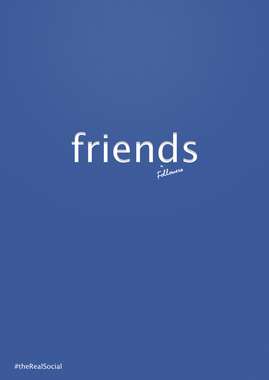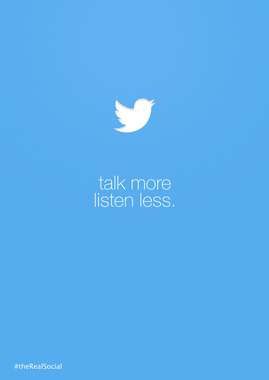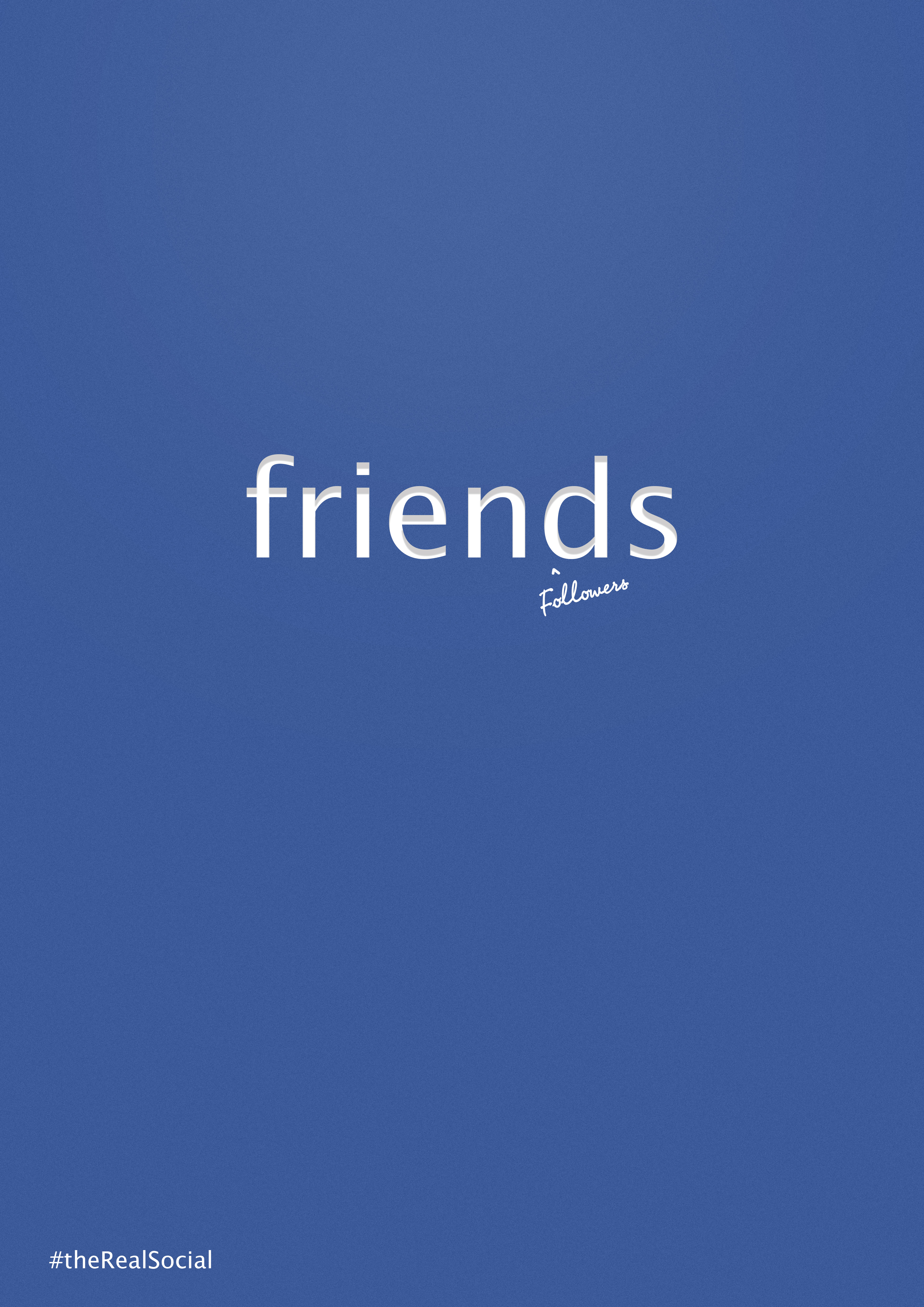Self Love & Narcissism
by 7486499
This work has not been commented by curators.
Title
Self Love & Narcissism
Headline
Motion Artist
Concept author(s)
Harrison Grant
Concept author year(s) of birth
22
Concept author(s) contribution
Entire Brief
Concept author(s) Country
Australia
Friendly Competition
Radical intimacies: dialogue in our times (2014)
Competition category
Visual communication practice
Competition subcategory
static
Competition field
academic
Competition subfield
student
Subfield description
Swinburne University
Check out the Radical intimacies: dialogue in our times 2014 outlines of Memefest Friendly competition.
Description of idea
Describe your idea and concept of your work in relation to the festival outlines:
My intention is not to undermine these platform we have all come to love and adopted into a daily lives, but rather open up a public forum for people to question the media we access so frequently. Do we honestly know half the friends we have on Facebook? Do we believe the news we read is legitimate? Are we conforming to community with no real freedom? Please inspect the visuals carefully as each holds true to a key message whilst also addressing a different social networking platform. these messages include; narcissism, self love and seeking approval from others to make ourselves feel better.
encourage audience members to make up their own minds about what each posters says. Inspiration was drawn from the “brandalism” campaign.
My posters do not resemble a hidden bias to hating social networking platforms, but rather advising others of how the platforms have encouraged a social change in behaviour. Thankyou and I hope you enjoy what I have put together.
What kind of communication approach do you use?
For the brief I decided to work with concise and immediate verbal communication. Applying a series of messages to 3 posters, which internally would be placed around town, on trains, stations and in the forefront of the wider community. Directed specifically at a demographic not limited too but ranging from 15 – 29 years old. This target market is further broken down, into vested users of social media platforms and those indirectly affected by the media. Relating to all the people who have seen the changeover in social behavior and been a witness to the affect of its nature. But also those who aware of the technology and will recognise key icons and visual branding.
What are in your opinion concrete benefits to the society because of your communication?
Spread a change in social behaviour and encourage the motion towards a more face to face interaction between people in physical space.
What did you personally learn from creating your submitted work?
The brief taught me a lot. From challenging my chain of thought to making me question the tensions, which exist today. Initially I believed the response to the brief was fairly straightforward but later realized the idea was not to have a simple answer but rather offer something to stimulate dialogue.
Create a piece of communication, which offers an alternative, and suggests a key message without being for everyone.
Why is your work, GOOD communication WORK?
The process behind my campaign was quite tedious. Initially, I looked at the tension between smart phones and the removal of ourselves in different surroundings.
In effect, this was quite hard to show, so I took another angle. There is a series of tensions within the use of social media.
These grey areas are the common conflicts from which we question the sincerity and information being fed to us. We are absorbed into these mediums to escape reality, but can really we trust anything on our Facebook?
Where and how do you intent do implement your work?
The implementation of the work I submitted to Memefest would be similar to the campaign launched by the artists behind “Brandalism.” I believe guerrilla tactics like this would appeal to a younger demographic and make more of a buzz surrounding a rebellion.
Did your intervention had an effect on other Media. If yes, describe the effect? (Has other media reported on it- how? Were you able to change other media with your work- how?)
Haven't examined the result of the communication presented.






